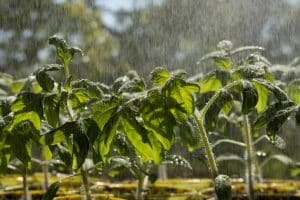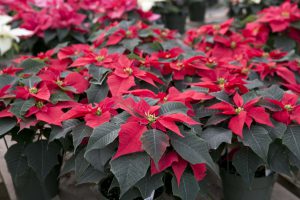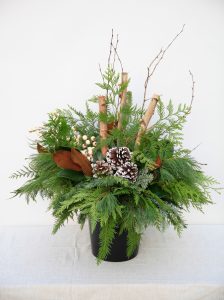Seeding for Dummies
by Rob Sproule
My business-owner friends like to say “win-win” when they know something is going to work so well that it’s a “no-brainer”. Planting seeds is a win-win. It saves you money, is good for your health, and, despite the myths floating around out there, it’s easy to do.
Everyone should plant a few seeds every year. Watching them germinate and grow reminds us that, despite our plugged-in, frenetic, swirling society, life’s most meaningful joys are usually the simplest.
Why Plant Seeds?
Or, more accurately, why not plant them? In the past few years, we’ve transformed the Canadian gardening experience from the roots up. We’re returning to what gardening used to do: to dirt under the fingernails, letting nature make the rules, and growing our own food.
The fascinating thing about the explosion of interest in home-grown food, and what makes it more than just another trend, is that different groups of people have different motivations, and they’re innovating and adapting it in their own ways. Here are just a few reasons why you should throw some seeds in the dirt this spring:
The health benefits to growing your own food are no secret. Veggies are at their maximum vitamin content straight out of the garden; the longer you wait after picking, the less vitamins there are. When you grow your own, you know what goes into it. You know where its come from (your yard) and if its been exposed to pesticides (hopefully not).
Home-grown food simply tastes better. If you don’t believe me, here’s a test. Grow a strawberry and a tomato this summer. When they’re ripe, go buy one of each from the store. Put them on plates and conduct a blind taste test with your family; I guarantee which one they will like best.
A lot of people plant seeds for their children. It’s no surprise to anyone that we’re in the midst of an epidemic of childhood obesity and diabetes. Teaching your children how to grow peas and tomatoes doesn’t cost anything, and the rewards will echo throughout their lives.
Lastly, growing food really is growing money. By planting some seeds and investing a little bit of time and effort, a family can save hundreds of dollars on the grocery bill. Chances are you’re not going to harvest enough olives off an olive tree to break even, but varieties such as beans, tomatoes, potatoes and carrots are like high-interest investments.
Getting Started
The part of seeding that trips people up is often not knowing when to sow. While you can direct sow many crops into the May soil (peas, beans, carrots, salad greens), it’s a good idea to start heat loving and long season crops early so you get the most from them (peppers, tomatoes, cucumbers, pumpkins). It’s not an exact science, and if you’re a few weeks off on either end, no big deal.
For a step-by-stop pictorial on sowing seeds, click here.
Not only does seeding indoors give you a head start to tomatoes, it’s a constant reminder of the bounty waiting for you in the garden (once all the snow melts, for course).
To start, wash your containers well with soap and water. Some people use bleach or white vinegar if they have had issues with bacteria or fungus in the past.
For the majority of seedlings you don’t need supplemental specialty lighting. A bright window will do. They don’t need a lot of light while they germinate, but once they are up give them as much light as possible or they may stretch.
Seedlings love humidity. I recommend covering them with a clear plastic dome to keep the germinating zone. Once the leaves have broken the surface remove the dome.
The first 2 or so leaves of a plant are called “seedling leaves.” These leaves are nourished from nutrients stored in the seed because the roots aren’t developed yet. After that, “true leaves” develop and at that point the plant begins to live off the soil. This is why seedlings don’t need to be planted in nutrient rich soil but should be transplanted into it once the true leaves develop.
Don’t start your seeds in soil from the garden. With seeds it’s vital that the medium is sterilized because the new plants are very vulnerable to bacteria, so use a packaged blend specialized for seedlings.
Watering your new seeds with a strong stream of water might rinse them away. Choose the finest mister possible in order to produce a light rain effect for the first few times you water.
















